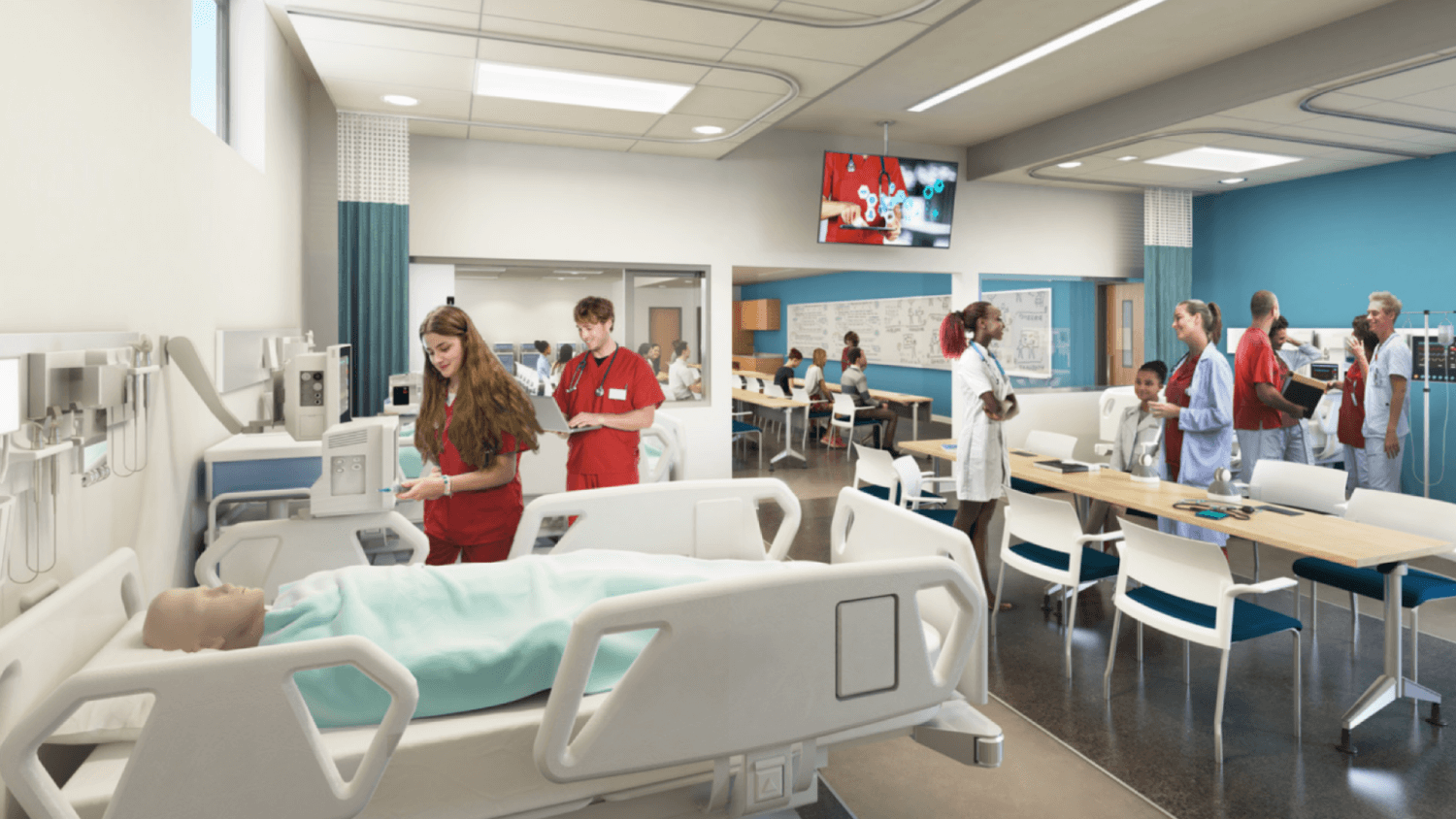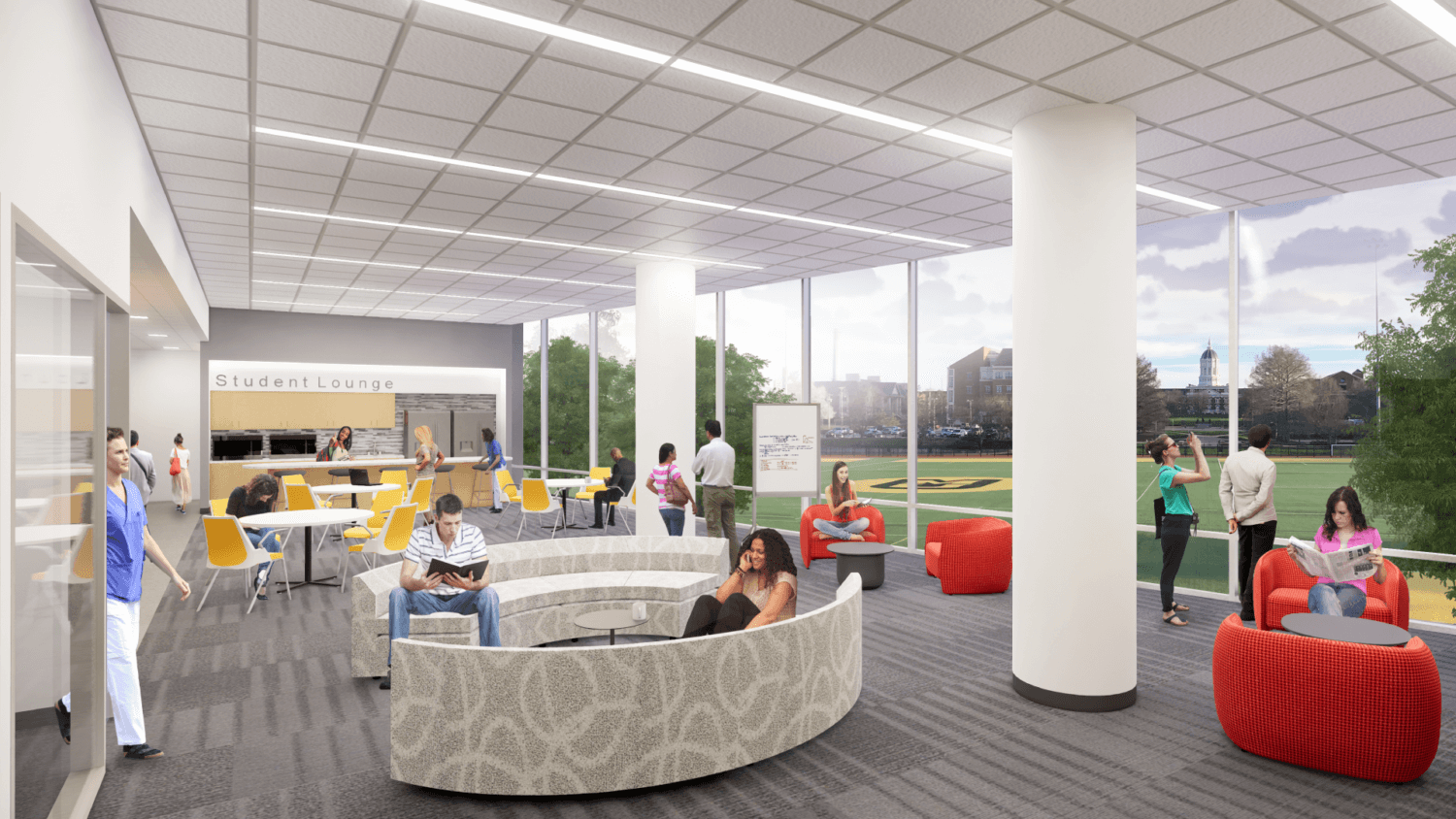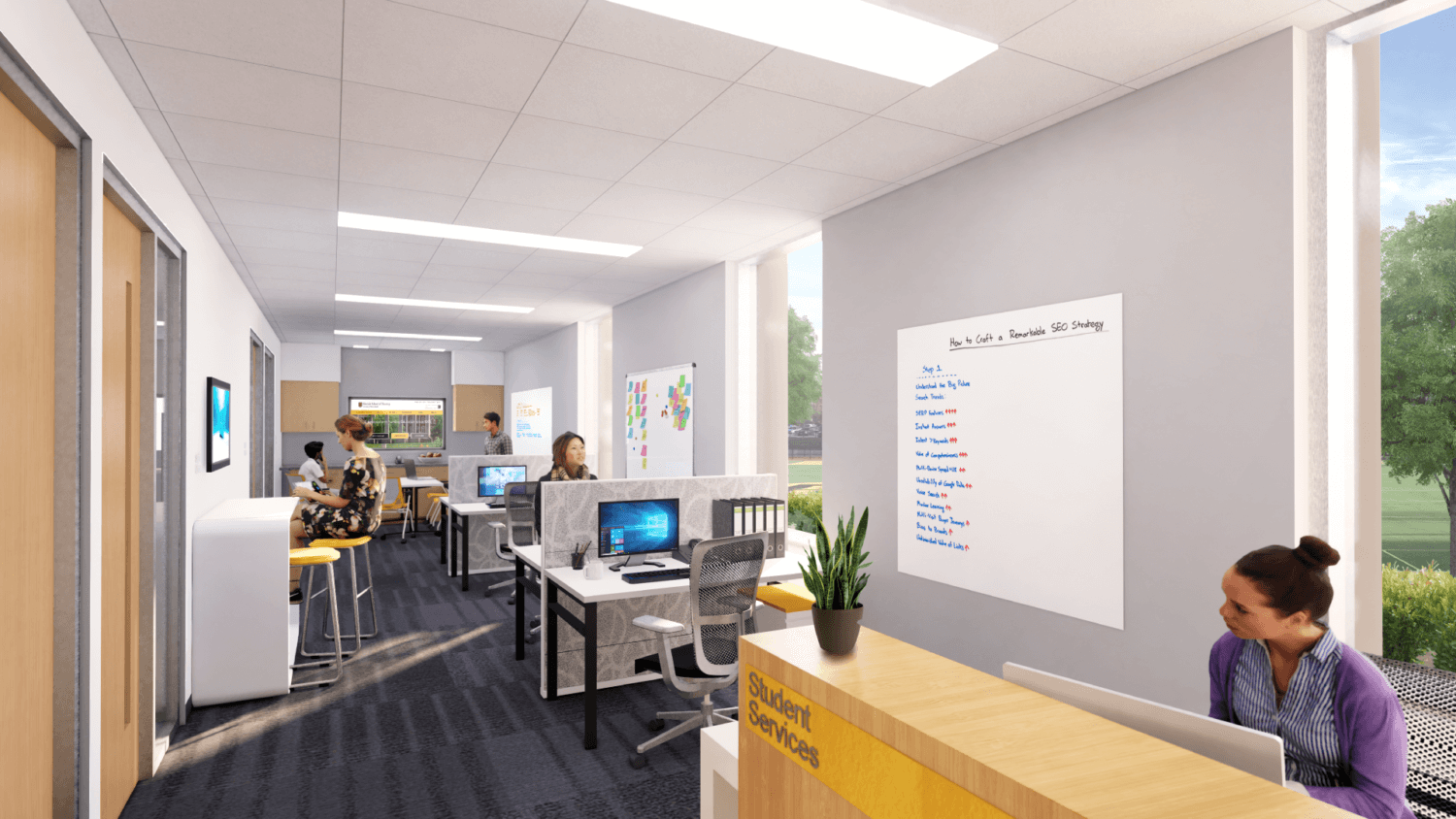Nursing schools and institutions with healthcare education programs are bursting at the seams: according to the American Association of Colleges of Nursing, 2021 saw a 3.3% increase in enrollment in entry-level baccalaureate programs in nursing. Schools turned away more than 91,900 applications, while the nursing profession was experiencing severe shortages and high burnout rates. This is a classic supply-versus-demand story, but with a unique twist that could see healthcare education institutions lead a massive cultural and technological shift in an over-worked and under-appreciated industry.

In 2021, there were more than 3 million registered nurses in the healthcare field, the largest category of healthcare professionals. Yet, during the beginning of the COVID-19 pandemic, the number of registered nurses declined by 3%, the largest drop in the last 20 years, according to the Bureau of Labor and Statistics. And between 2020 and 2021, the industry lost a further 100,000 nurses, the largest drop in the last four decades. The pandemic’s effects on morale, mental health, and working conditions must be addressed in both the workplace and in educational environments to grow the number of nurses in the field and retain the ones currently employed in the healthcare system.
In Trusted Health’s 2021 Frontline Nurse Mental Health & Wellbeing Survey, the authors wrote, “Nurses have made unimaginable sacrifices, working in conditions they never thought possible when they joined this profession. It is time for our industry to step up and take care of them the same way they have taken care of us.”
But these issues of morale and working conditions existed long before the pandemic and appear to be pervasive across the healthcare industry.
What if we could meet this moment BEFORE nurses enter the profession? What if we could create educational spaces where nursing students are valued, empowered, and ready to shift the entrenched cultural inequities of the industry?
What if we could design gratitude?
Entrenched Cultural Inequities
In many cases construction and infrastructure in both the healthcare industry and healthcare education have focused on the patient experience. Rightfully so, but often this has left nurses and their experience overlooked. We see this evidenced in long travel times between nursing stations, patients, and supplies, and other design choices in hospitals; in the often-dispersed educational spaces on campus; and in the lack of focus on respite and wellness in both industry and academia.
Architectural design can begin to change this narrative. Inclusive design focused on wellness and appreciation, flexibility and accessibility, and identity and community can create inviting, uplifting, and powerful spaces with the ability to make both nurses and the nursing education landscape nimble and resilient.

Less Fortress, More Community
To put it bluntly, the nursing profession needs to be more accessible. Potential nurses must be able to see themselves in the profession—and it is the architect’s responsibility to design spaces that empower students to understand and envision the potential of this rewarding career path.
Gone are the closed-off, fortress-like buildings of the past. Architects and designers of nursing education spaces are intentionally granting access to spaces with transparency, welcoming design, and promoting porous environments that allow for the flow of people and programming.
Take for example the University of Nebraska, Lincoln’s University Health Center and UNMC College of Nursing. The building was designed with two wings that embrace a courtyard with a soft arc, and a central “heart” embedded with wellbeing and an invitation to build community. The Wellness Café provides nurses opportunities to commune, nourish, and study. The porous nature of the first floor invites students and faculty deeper into the building. The Commons is centered, literally and figuratively, around wellness and access to resources including a shared kitchen, wellness rooms, and most importantly, the iconic simulation center.

Community also means inclusively addressing a variety of needs, such as away rooms for new parents, any-gender washrooms, and sensory-neutral rooms where people can create their own environment for respite through attributes like adjustable lights, sound, and textures.
Immersive Experiences and Identity
Transparency coupled with accessibility—from a design perspective—transcends the idea of putting programs on display. They foster opportunities for an immersive education for both students and prospective students, using the building to highlight the nursing student experience. Visitors should feel the physicality of a simulation environment, and the care and attention given to create a sense of belonging and identity for students.
For the Straz Hall College of Nursing at Marquette University, the nursing student lounge was designed as place to call home—a family space with kitchen, lockers, adjacency to a green roof, and different seating all come together in support of nursing as a community. The lounge is visible and transparent yet creates a gentle boundary with its location on the second floor. This slight separation also allows for respite and a focus on wellness through selfcare. Multiple seating modes for a variety of activities, personalities and lived experiences are a fresh change from a sea of institutional furniture filling a space that lacks identity. Art, colors, and materiality embrace and reflect the Marquette Nurse, grounded in Jesuit principles and approach to teaching and learning.

HGA tapped into our Healthcare Practice Group for design critiques of simulation environments, bringing knowledge of best practices in clinical and hospital environments into the educational environment. The need for mixed reality experiences—those that combine VR technology with real situations and environments—is challenging institutions to think beyond a single solution. The simulation environments at Marquette’s Straz Hall range from operating rooms to skills labs to mental health labs, and the immersive experience gives students a realistic taste of what they will face as a nurse, both from a skills perspective and an emotional perspective.
The opportunity to enmesh industry and education both at the pedagogical level and the design level can ease transitions to a work environment and provide the healthcare industry a direct connection to educational pipelines.
Removing Barriers and Supporting Agency
As attention-grabbing as simulation environments are (and they are an important part of addressing nursing shortages—see “The Evolution of Realism: Simulation Environments and the Future of Healthcare Education“), giving nursing students the tools and skills to do their jobs well is the bare minimum. When these students become nurses, they will also need to be advocates—for themselves, their patients, and their co-workers. More nurses are demanding better working conditions and a greater priority on mental health, and many are leaving the profession when their needs are not being met.
Creating a community doesn’t end with the student body. Faculty are a crucial part of this family—most were or still are nurses, living and having lived the experiences students will soon have. Maintaining connection to this knowledge and experience is incredibly important.
The University of Missouri’s Sinclair School of Nursing shifted their approach to faculty officing to remove barriers to this premium access. The faculty wing is directly adjacent to the student lounge, allowing for unplanned meetings and other connections between students and faculty. The mix of open office and private rooms and intentionally softer furniture create an atmosphere of friendliness and collaboration, one of coaching and mentoring that makes interacting less intimidating and gives students more agency in the student/faculty relationship.
Making Nursing Education Accessible, Community-rich, and Valued
The headwinds that have been battering the nursing industry for years are not going away anytime soon. But these challenges are sparking innovation in surprising ways, from modern technologies to pedagogical shifts, and even to an emphasis on skill building: a new initiative from the American Association of Colleges of Nursing has partnered with Johnson & Johnson on a national program to instill leadership and resiliency in new nurses.
Designing gratitude means empowering students to become nurses with the fortitude to address the entrenched inequities in the healthcare industry head-on, with resiliency and compassion. As designers, we must continue to embed wellness, self-care, and resilience into the very fabric of the institution with physical spaces that support the whole student.

